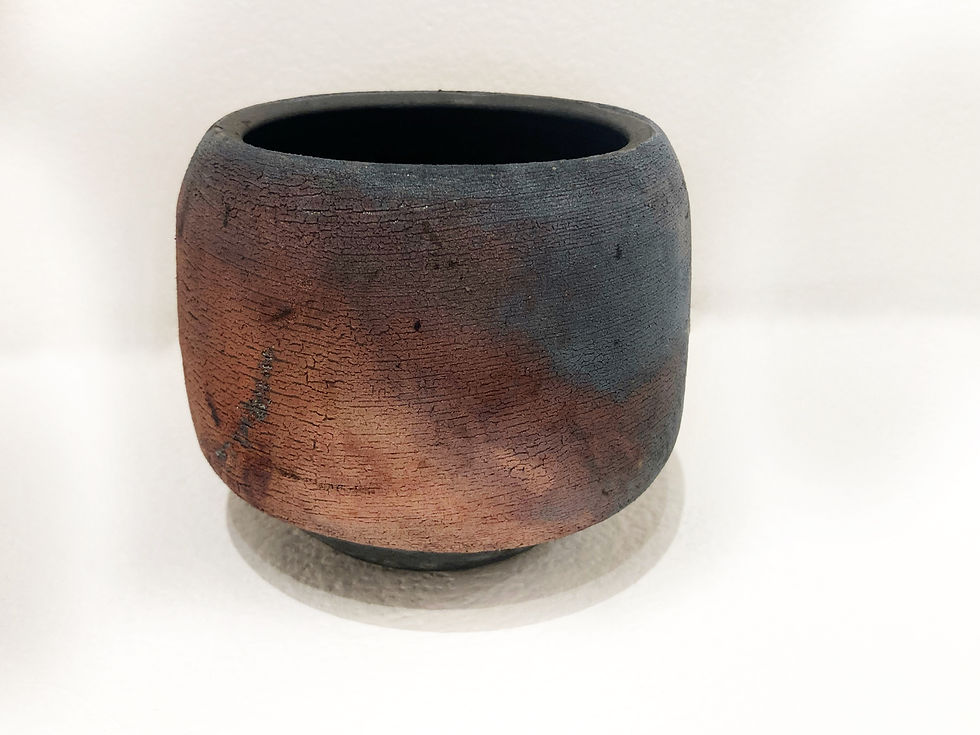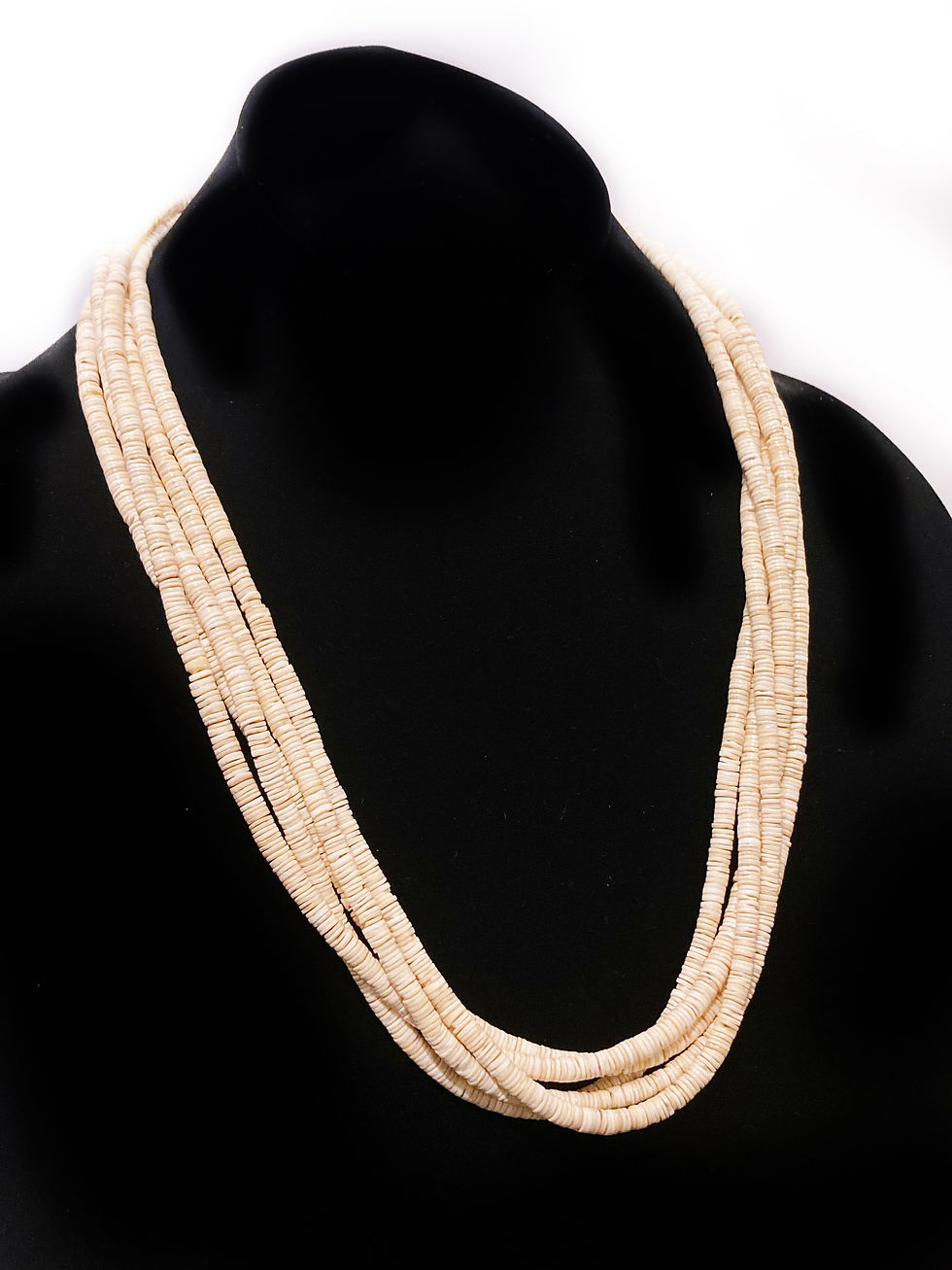"Klah", 1976, by R.C. Gorman
Klah
30" x 22"
#10/70
Hosteen Klah (1867 - 1937) was a Navajo Nádleehi (two-spirit, 'one who is transformed') and well-known weaver and singer
In 1921, Klah was introduced to Mary Cabot Wheelwright. The two became friends and later founded the Wheelwright Museum of the American Indian in Santa Fe.
Fearing for the future of Navajo religion, after witnessing decades of aggressive assimilation assaults on the Navajo People, Klah wanted to record Navajo religious song and ceremonies so that it would be available for future generations. The museum was initially called the Navajo House of Prayer and House of Navajo Religion, but then renamed the Museum of Navajo Ceremonial Art.
In 1942 the Museum of Navajo Ceremonial Art (as it was then called) published Navajo Creation Myth - the Story of the Emergence by Hosteen Klah, Recorded by Mary C. Wheelwright.
In 1977, the museum repatriated sensitive cultural materials back to the Navajo Nation. The Museum was then renamed the Wheelwright Museum of the American Indian.
R.C. Gorman began work on this small edition lithograph in December 1975 and completed work in 1976. While much of R.C.'s later work focused almost exclusively on Native Women, much of his work in the 60's and 70's centered around Navajo Stories, Sand Painting & Rug Designs, and explored both male and female forms in his subject matter.
Over the near 6 decades of R.C. career, his work and style continuously evolved. It is a fascinating process, to go beyond the surface and to discover an artist's journey. R.C.'s work continues to be cherished throughout the world, and several galleries in Taos and across the US still represent his today.
The low number and relatively small edition makes this a great find!
Compare to Western Graphics' Suggested Retail Price: $4,700.00 or
The Navajo Gallery's 2023 retail of: $15,000.00
Called "The Picasso of American Indian Art" by The New York Times, my uncle, R.C. Gorman, was a prolific and highly acclaimed artist.
Born on the Navajo Indian Reservation in Chinle, Arizona to Carl Gorman and Adele Brown, R.C. had humble beginnings. He was the first to recieve a scholarship from the Navajo Nation to study internationally. He attended art school in Mexico City where he learned the art of lithography from master printer, Jose Sanchez.
R.C. Moved to Taos in 1967. He had been showing his work at the Manchester Gallery and in 1968, he purchased the Manchester Gallery and turned it into the Navajo Gallery - the very first Native American owned art gallery.
Over the next 4 decades R.C.'s fame and acclaim grew. In 1973 he was the only living artist to be included in the “Masterworks of the American Indian" show held at Metropolitan Museum in New York City. One of his works was selected to be the cover of the exhibit's catalog. Perhaps best known for his colorful and vibrant depictions of Native Life, particularly of Native Women, R.C.'s art pays homage to his roots. His carreer span many mediums and styles.
Today, Taos celebrates R.C. legacy with an annual R.C. Gorman Days in July.





















